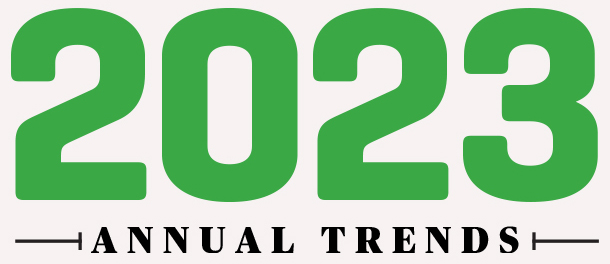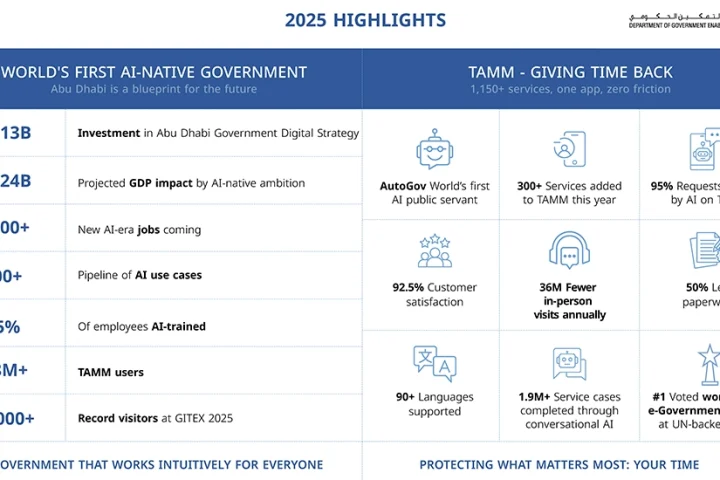There are multiple technology trends that we believe will affect the security sector in 2023.

Actionable insights
The increasing application of AI and machine learning have seen a focus on the opportunity for advanced analytics in recent years. Moving forward, the shift in focus will move from the analytics themselves, to the actionable insights they deliver in specific use cases. It’s less about telling you something is wrong, and more about helping you decide what action to take.
Surveillance cameras have become powerful sensors
A key driver for employing analytics to deliver actionable insights is the huge increase in data being generated by surveillance cameras, along with other sensors integrated into a solution. The data, and metadata being created would be impossible for human operators to interpret and act upon quickly enough, even with huge and costly increases in resources.
The use of analytics can drive real-time actions which support safety, security, and operational efficiency. From prompts to call emergency services in the case of incidents, to redirecting traffic in cities to alleviate jams, to redeploying staff in busy retail outlets, to saving energy in buildings through more efficient lighting and heating, analytics are recommending, prompting, and even starting to take the actions that support human operators.
Hybrid architectures
It is now commonly accepted that a hybrid technology architecture is best-suited for security systems, mixing on-premise servers, cloud-based compute, and powerful edge devices.
No one architecture fits all scenarios, however. But here lies the solution: first assess what needs to be addressed in your specific use case, and then define the hybrid solution that will meet your needs. A number of factors need to be considered.
Analysis of the highest-quality images the instant they are captured gives organisations the best chance to react in real-time
Undoubtedly the advantages of advanced analytics embedded in surveillance cameras on the edge of the network are clear to see. Analysis of the highest-quality images the instant they are captured gives organisations the best chance to react in real-time. Equally, the data generated by surveillance cameras is now useful beyond the real-time view. Analysis of trends over time can deliver insights leading to operational efficiencies. This analysis often demands the processing power found in on-premise servers or the cloud.
What is essential is not to tie yourself to a single architecture. Remain open, give yourself the flexibility to create the hybrid architecture best suited to your specific needs.
Beyond security
Surveillance cameras have become powerful sensors. The quality of video information they capture, in all conditions, has increased year-on-year for decades. They also create metadata – information about the video data – which adds another layer of detail and value.
It is commonly accepted that hybrid technology architecture is best-suited for security systems
This of course improves and enhances their ability to support safety and operational efficiency use cases in addition to security. The opportunity now exists to combine the data created by surveillance cameras with that from other sensors – monitoring temperature, noise, air and water quality, vibration, weather, and more – creating an advanced data-driven sensory network.
Regulatory focus
The technology sector as a whole and specific technologies are coming under more regulatory and policy maker scrutiny. We still believe that the focus should always be on regulation of the use cases for technology, not technology itself, and will always comply with local, regional, and international regulation. But it can be a complicated picture.
The European Commission is one of the most active in looking to regulate technology in an ongoing effort to protect the privacy and rights of citizens. Its proposed AI Act, part of the Commission’s European AI Strategy, aims to assign specific risk categories to uses of AI and would be the first legal framework on AI. Like the Commission’s AI Liability Directive, the AI Act will no doubt be the subject much debate before it becomes law.
























